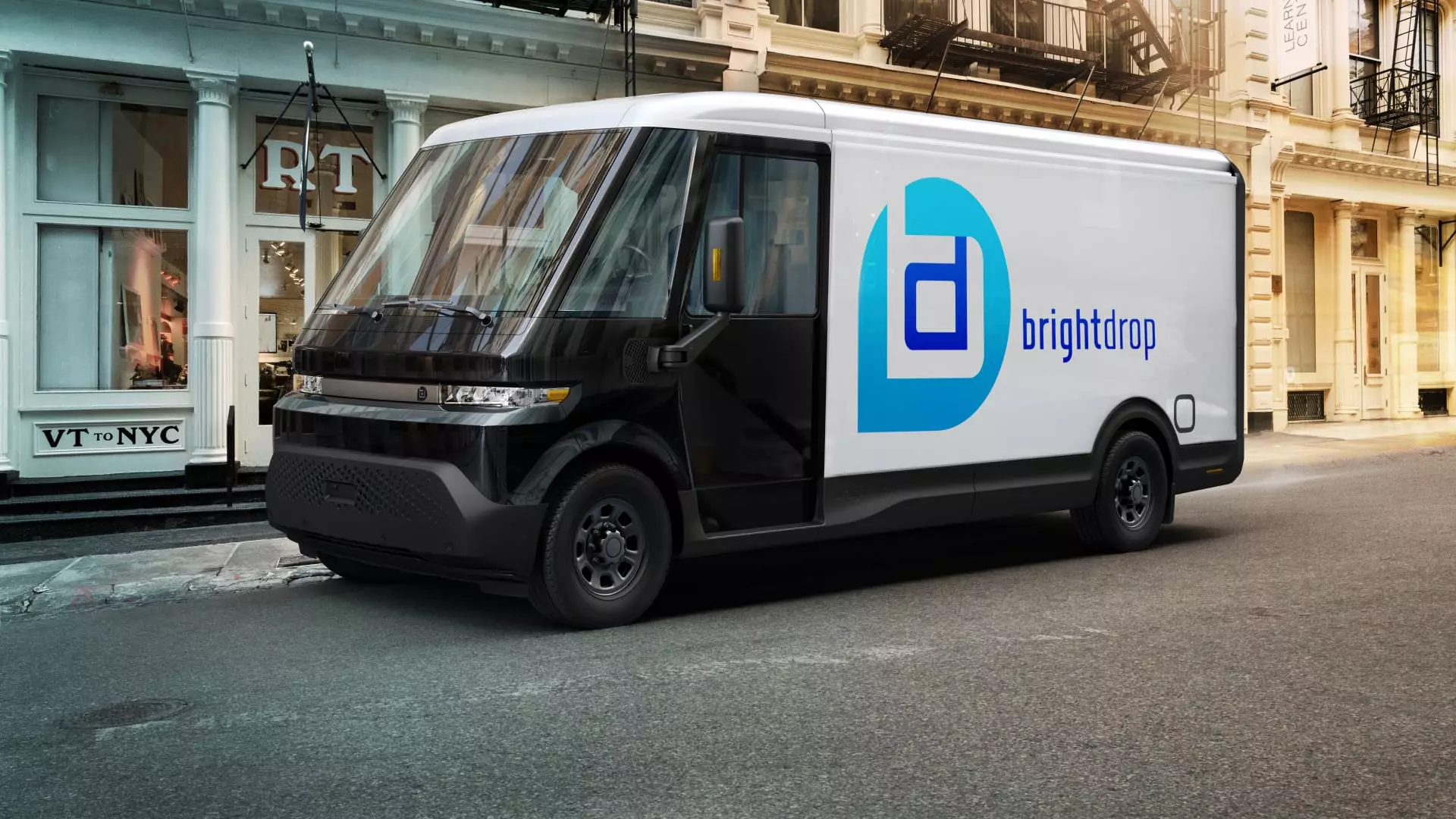In a striking display of the volatile nature of the automotive industry, General Motors’ (GM) recent decision to cut production at its BrightDrop delivery van facility in Ontario, Canada, highlights a profound disconnection between corporate aspirations and market realities. By idling the CAMI assembly plant for nearly five months and cutting the workforce by 500 jobs, GM is not merely reacting to market demand but is crafting a narrative of missed opportunities that resonates deeply with those affected. While the company maintains that its actions are a necessary response to demand fluctuations, we cannot ignore the impact on families and communities that depend on stable employment.
The Slow Erosion of Promised Progress
GM once heralded BrightDrop as a beacon of hope in the transition to electric vehicles (EVs), predicting impressive revenue figures that now seem laughable in retrospect. Set to generate $1 billion in 2023, the meager sales of just 2,000 vans stand as a stark reminder of how overestimated projections can lead to disillusionment. The enthusiasm surrounding BrightDrop has faded, revealing the stark reality that lofty objectives do not automatically translate into market success. This disappointment is not just a failure of GM but a cautionary tale about overextending ambitions without a clear path to sustainable achievement.
A Union’s Outcry and the Need for Collective Support
The response from Lana Payne, president of Unifor, encapsulates the emotional and economic turmoil experienced by those affected by these cuts. Describing the layoffs as a “crushing blow,” the union leader hit the nail on the head: the ramifications of corporate decisions extend far beyond the boardroom. Such actions fail to account for the societal obligation corporations hold, especially in regions where auto manufacturing is a lifeblood. The expectation set upon GM to protect its workforce during challenging times reflects a broader societal need for corporations to engage in ethically responsible practices, particularly in nurturing job security and supporting communities.
The Irony of Government Intervention
Interestingly, while GM points fingers at market demand and inventory balancing for its decisions, the role of government policy cannot be overlooked. The echoes of Trump’s tariffs still reverberate within the industry, complicating the growth trajectory for electric vehicles in North America. The irony lies in an administration that envisioned revitalizing American manufacturing, yet the results are now placing hurdles in the path of innovation, as evidenced by the struggles faced by automotive giants like GM. With the labor union raising the alarm about these tariffs, it raises questions about how governmental policies can directly affect job security and economic stability.
Rethinking Strategies for a Sustainable Automotive Future
As GM pivots in response to the realities of production and demand, the pressing need for a revised strategy becomes apparent. The cycle of cutting jobs and production is short-sighted, risking the long-term goals of corporate growth and community welfare. As the industry grapples with the transition to electric vehicles, a thorough and thoughtful approach is necessary—one that prioritizes workers, encourages innovation, and fosters genuine commitment to sustainable practices. Stakeholders at all levels must demand more from these corporations, insisting that they reconcile corporate growth with the health of their workforce and the communities they inhabit. The future of electric vehicles should be one of promise—if only the vision could align with the path forward.

